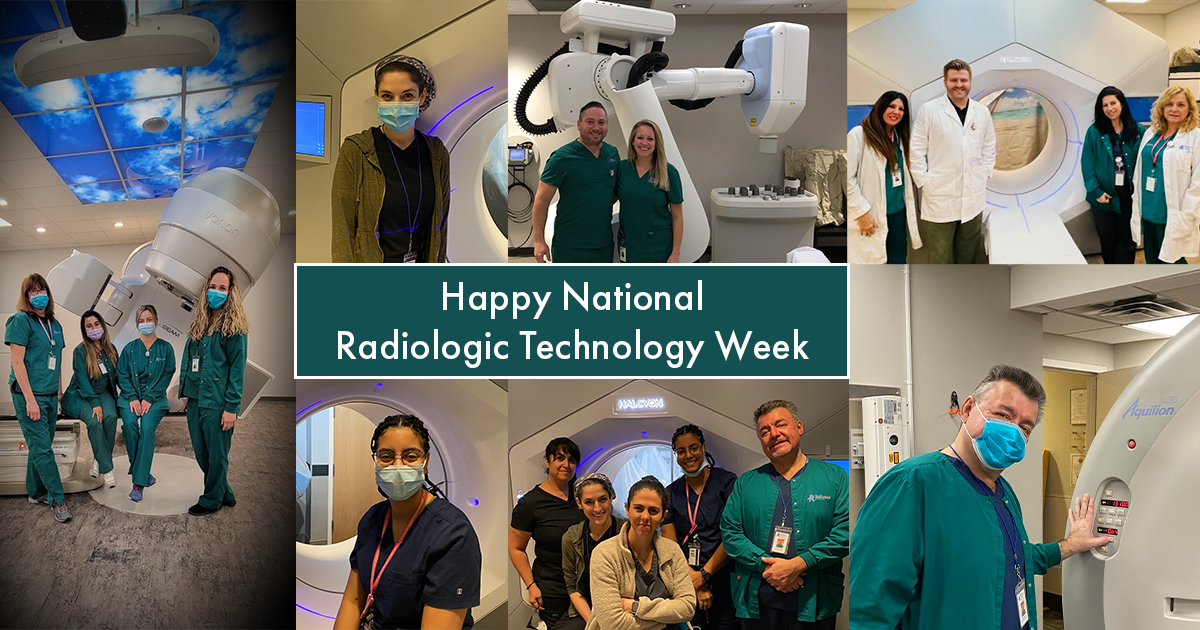National Radiologic Technology Week
In honor of National Radiologic Technology Week (NRTW), let's take a look at the important role of medical imaging and radiation therapy professionals in patient care and health care safety. Radiologic technologists and radiation therapists have been especially important over the past year. They have been at the front line of imaging and treating patients in the midst of the pandemic.
What Is A Radiologic Technologist?
If you've ever broken a bone or had an ultrasound, a radiologic technologist probably helped you. Radiologic technologists use x-rays, PET, CT, MRI, mammography, and other equipment to create images of internal organs, bones, and tissues. Their role is to provide images that help physicians diagnose patient ailments and determine the best course of action for treatment. In addition, they ensure the quality of the images captured, maintain imaging equipment and assist radiologists and physicians in making their diagnoses.
What Is a Radiation Therapist?
Radiation therapists work closely with the Radiation Oncologist and Medical Physicists to treat patients using highly advanced machines called linear accelerators. The radiation therapists position patients for their daily treatment, scan the patient to optimize their treatment and review and track the patient's treatment course. Most importantly, they provide emotional support to patients before, during, and after their treatment. By the end of a patient's radiation treatment course, they have often developed lifelong relationships with their radiation therapist.
Radiology Technician Education Requirements
Radiology technicians must have an associate degree. While other radiology programs lead to a certificate or a bachelor's degree, the path to an associate degree is the most common for aspiring radiology technicians. When enrolled in one of these programs, radiology technicians study various courses that better understand the following areas.
- Patient positioning
- Anatomy
- Pathology
- Image evaluation
- Medical ethics
- Examination techniques and procedures
- Equipment protocols
- Radiation physics, protection, and safety
- Basic patient care


